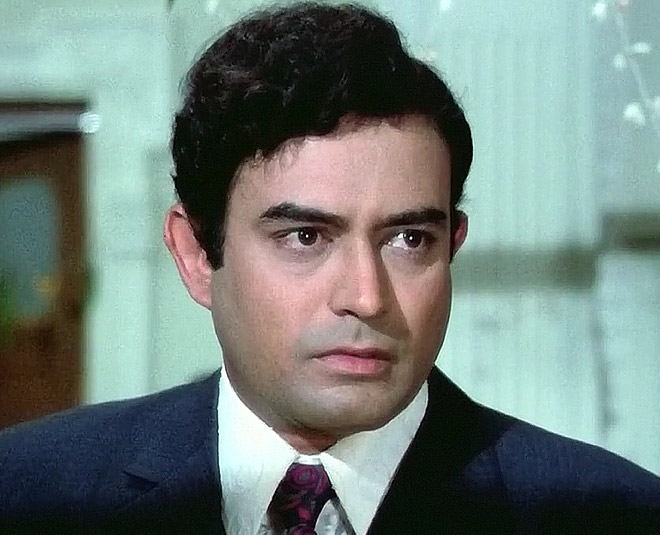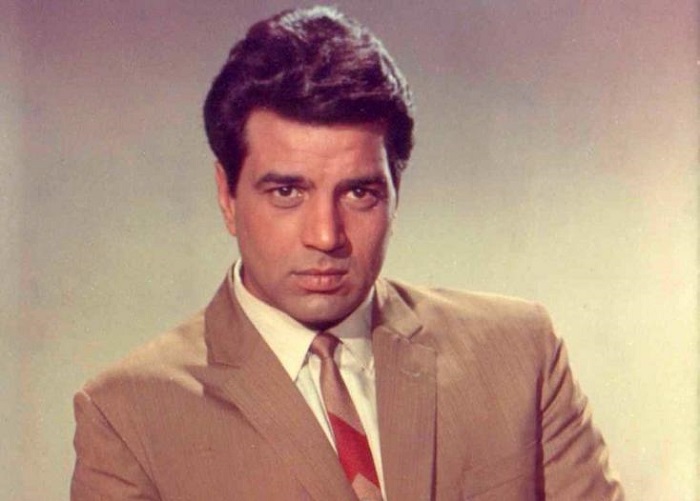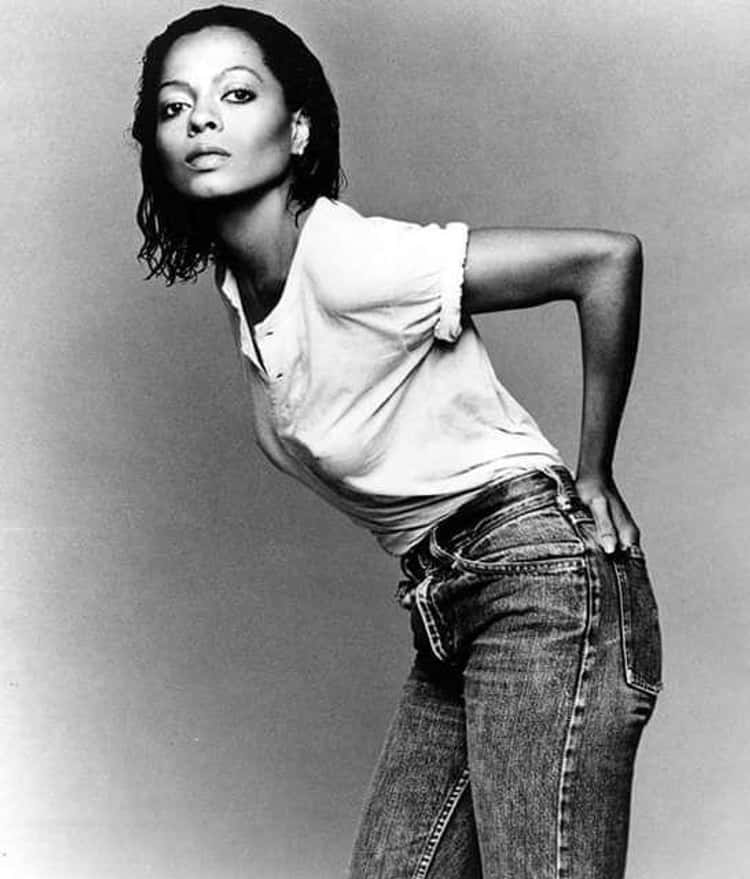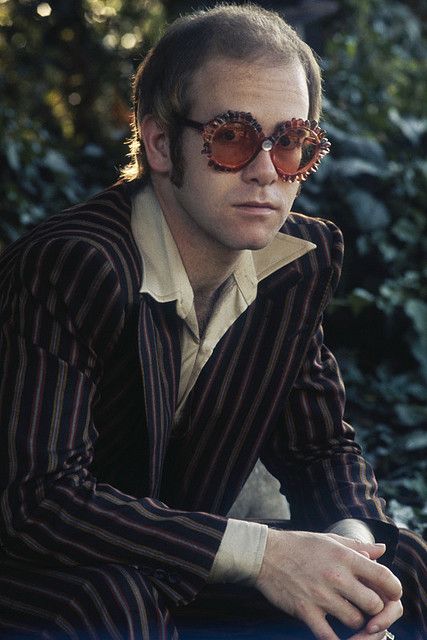In the illustrious tapestry of Indian cinema, Sunil Dutt emerges as a towering figure, revered for his exceptional talent, integrity, and humanitarian efforts. With a career spanning over five decades, he left an indelible mark on Bollywood, captivating audiences with his versatile performances and endearing persona. Beyond his contributions to the world of entertainment, Sunil Dutt’s unwavering commitment to social causes and philanthropy earned him admiration and respect, establishing him as a beacon of humanity. In this extensive tribute, we embark on a journey through the life, career, and enduring legacy of Sunil Dutt, celebrating his achievements and honoring his lasting impact on Indian cinema and society.
Early Life and Background:
Sunil Dutt was born as Balraj Dutt on June 6, 1929, in Khurd village, in the Jhelum district of Punjab, British India (now in Pakistan). Raised in a humble household, he experienced the tumultuous events of partition firsthand, witnessing the horrors of communal violence and displacement. Despite facing adversity at a young age, Sunil Dutt remained resilient, harboring dreams of pursuing a career in the arts. His journey to stardom was marked by perseverance, determination, and a steadfast commitment to his craft.
Rise to Stardom:
Sunil Dutt’s entry into the world of cinema was serendipitous, as he was discovered by veteran filmmaker Ramesh Saigal while working as a radio announcer in Mumbai. He made his acting debut in the 1955 film “Railway Platform,” where his earnest performance caught the attention of audiences and critics alike. However, it was his breakout role in the 1957 film “Mother India,” where he portrayed the dutiful and compassionate son Birju, that catapulted him to stardom and earned him widespread acclaim.
Iconic Roles and Memorable Films:
Throughout his illustrious career, Sunil Dutt mesmerized audiences with his versatility, essaying a wide range of characters across genres. From intense dramas to heartwarming comedies, he showcased his acting prowess and left an indelible mark on each role. Some of his most memorable films include:
- Mother India (1957): In this timeless classic directed by Mehboob Khan, Sunil Dutt delivered a nuanced and powerful performance as Birju, the rebellious son torn between love and duty. His portrayal of the conflicted and tragic character earned him widespread acclaim and established him as a formidable talent in Indian cinema.
- Waqt (1965): Sunil Dutt showcased his versatility in this family drama, playing the role of a devoted father struggling to reunite his fractured family after a devastating earthquake. His poignant performance alongside an ensemble cast earned him accolades and cemented his reputation as a versatile actor.
- Mera Saaya (1966): In this suspense thriller directed by Raj Khosla, Sunil Dutt delivered a riveting performance as a lawyer seeking justice for his deceased wife. His portrayal of the determined and righteous protagonist captivated audiences and added another feather to his illustrious cap.
Philanthropy and Social Activism:
Beyond his achievements in cinema, Sunil Dutt was a tireless advocate for social causes and humanitarian efforts. He was actively involved in various philanthropic activities, including relief work for victims of natural disasters, rehabilitation programs for the destitute, and campaigns for communal harmony and peace. He also served as a Member of Parliament, representing the Indian National Congress party, and used his platform to champion the rights of the underprivileged and marginalized communities.
Personal Life and Legacy:
Sunil Dutt’s personal life was marked by tragedy and resilience. He married actress Nargis, his co-star in several films, and together they raised three children, including actor Sanjay Dutt. The couple’s enduring love story and mutual respect served as an inspiration to many, even as they faced the challenges of Nargis’s battle with cancer. Sunil Dutt’s unwavering support and dedication to Nargis during her illness endeared him to fans and solidified his reputation as a loving husband and devoted family man.
In conclusion, Sunil Dutt’s legacy as a stalwart of Indian cinema and a beacon of humanity continues to inspire and resonate with audiences worldwide. His contributions to the world of entertainment, coupled with his philanthropic endeavors and commitment to social causes, have left an indelible mark on Indian society. As we celebrate his life and career, we pay tribute to a true icon whose legacy will continue to shine brightly, illuminating the hearts of millions for generations to come. Sunil Dutt may have left this world, but his spirit lives on through his timeless performances, his compassionate deeds, and the enduring impact he has had on Indian cinema and society.









